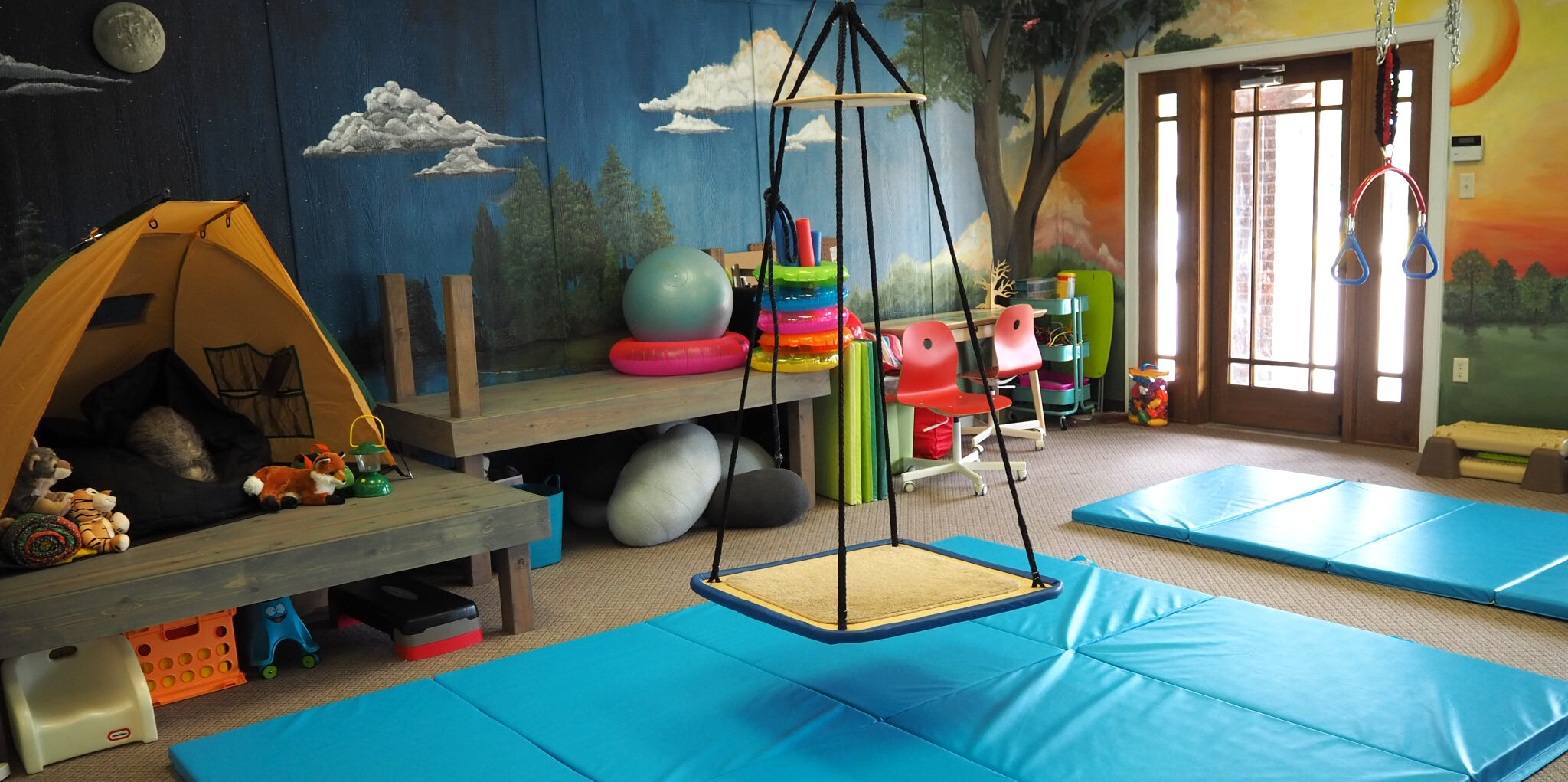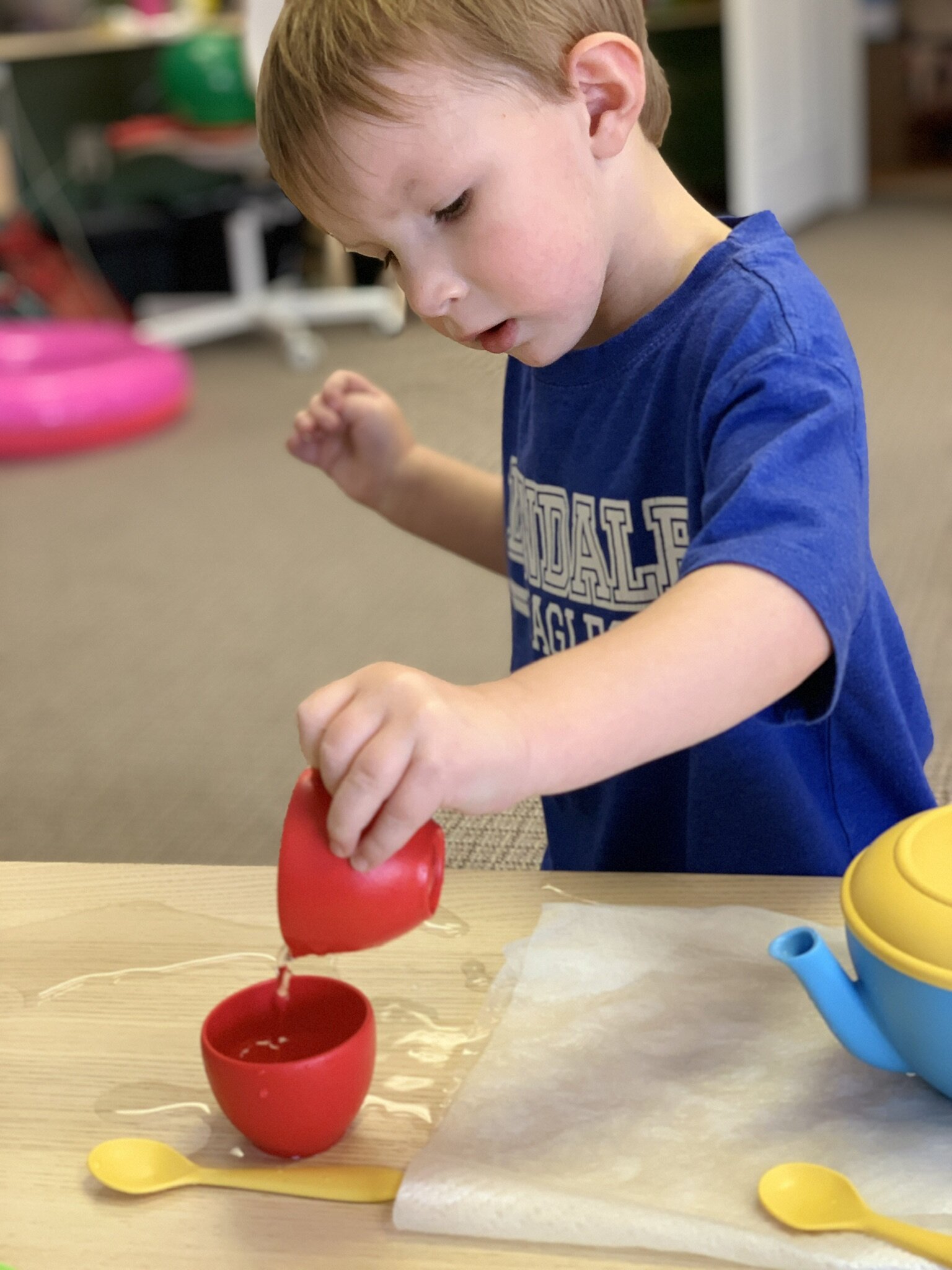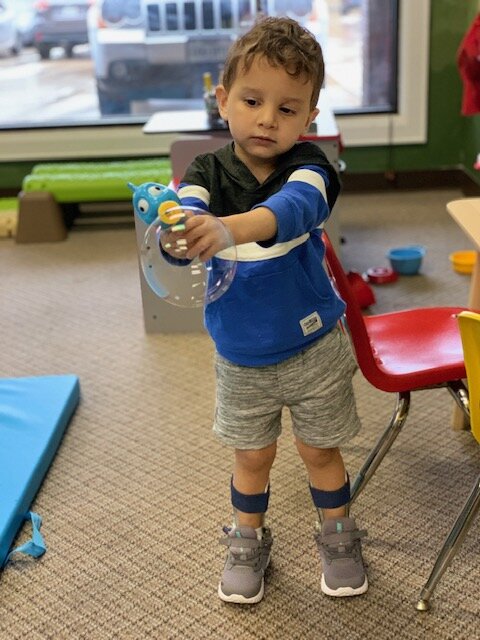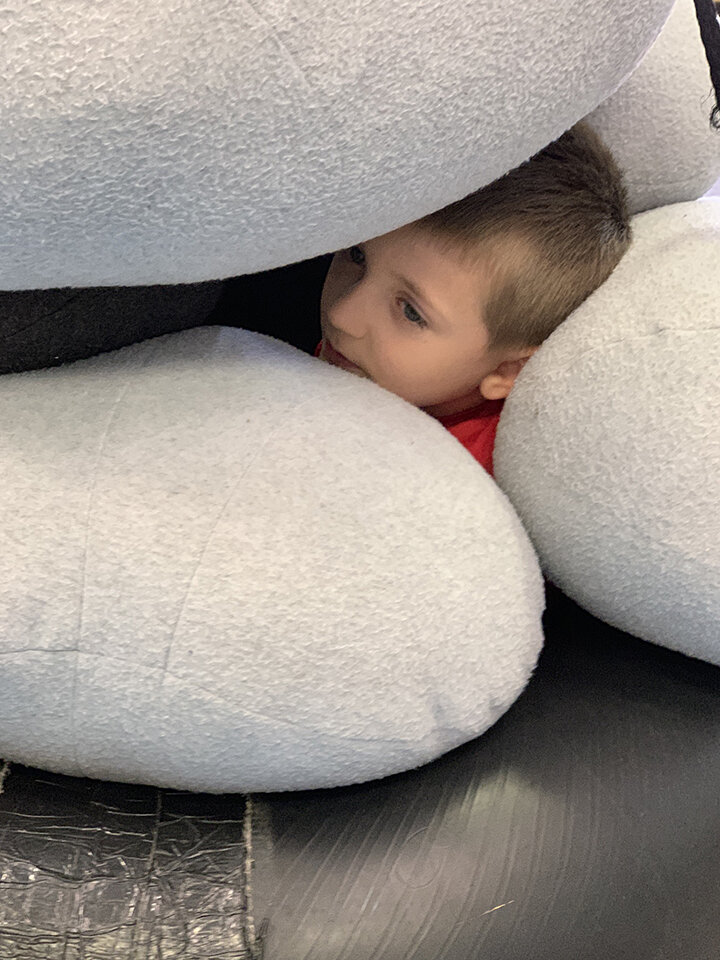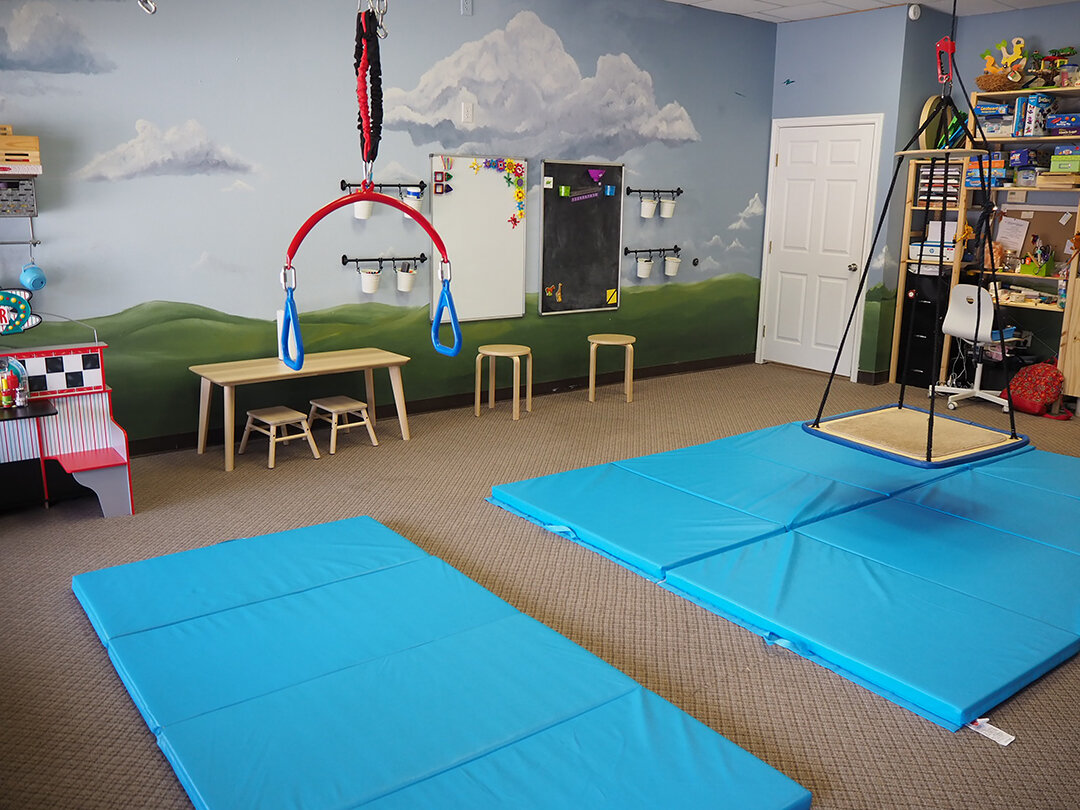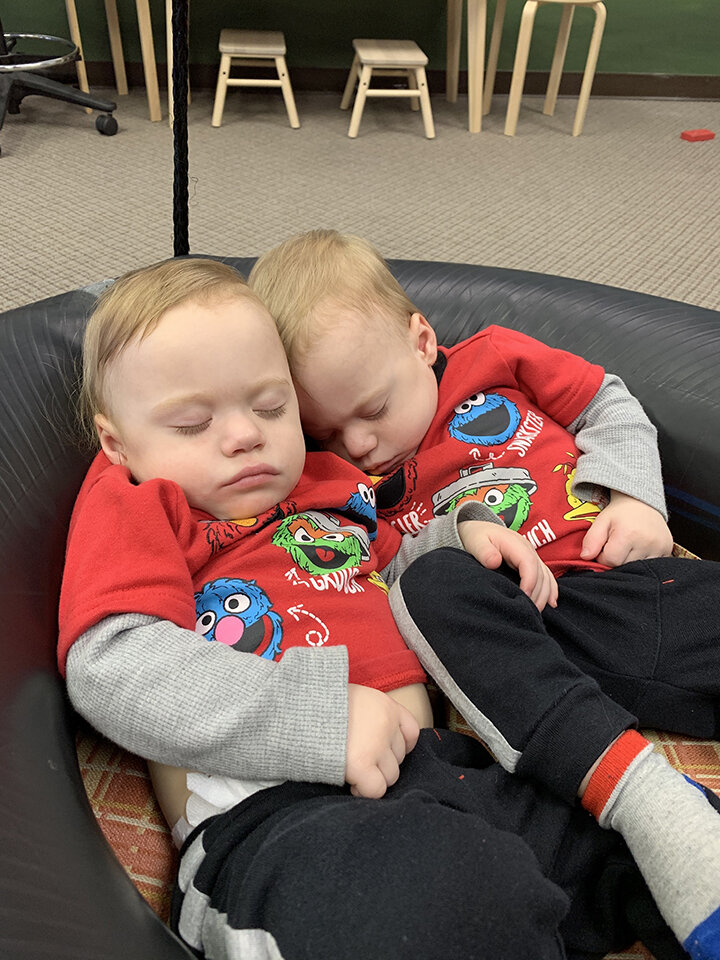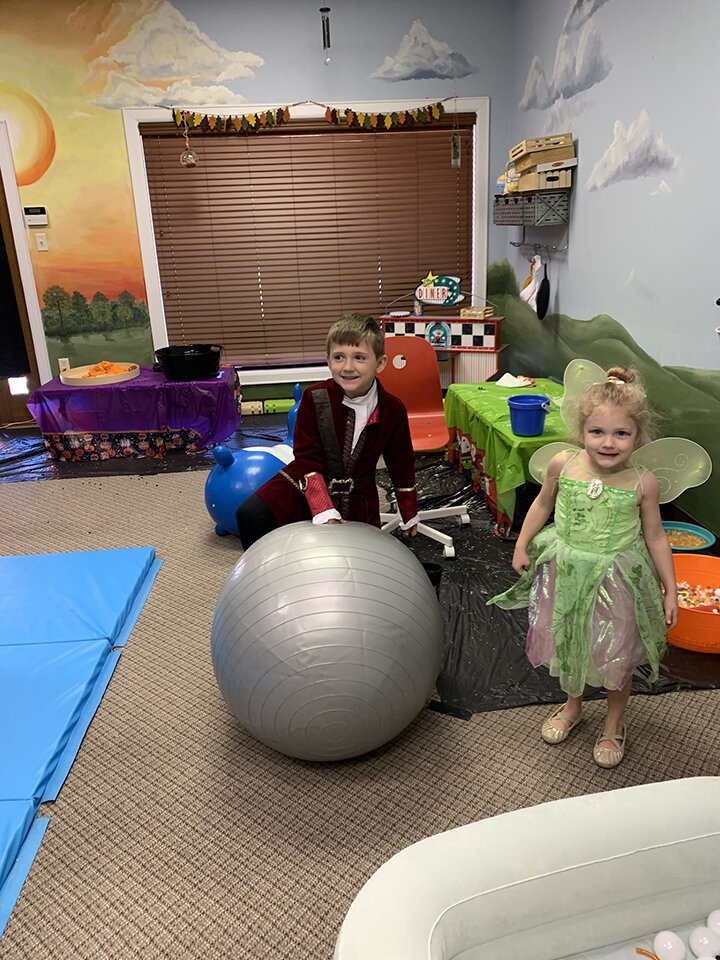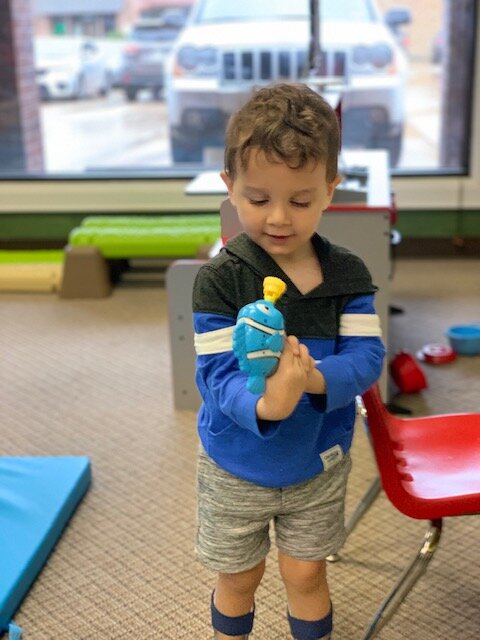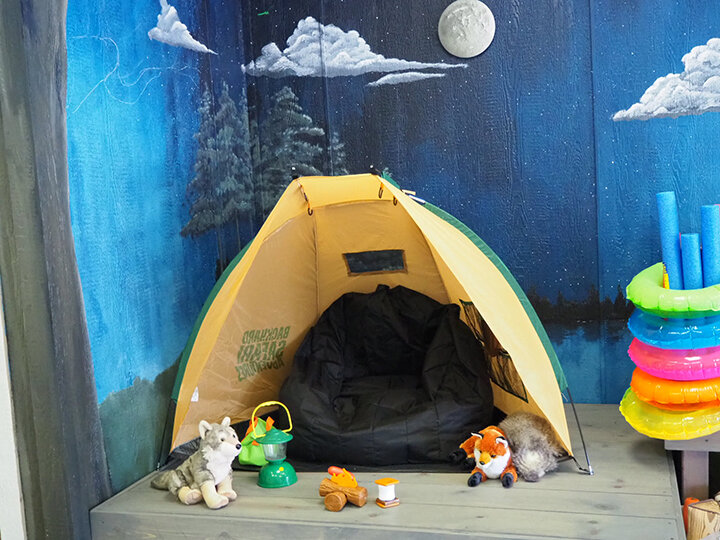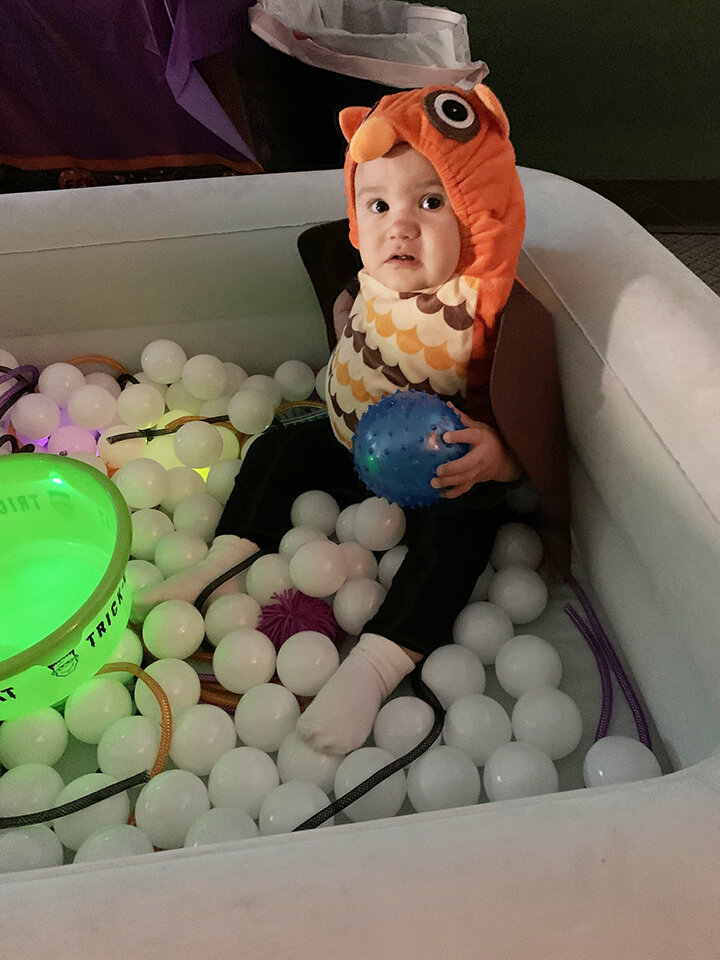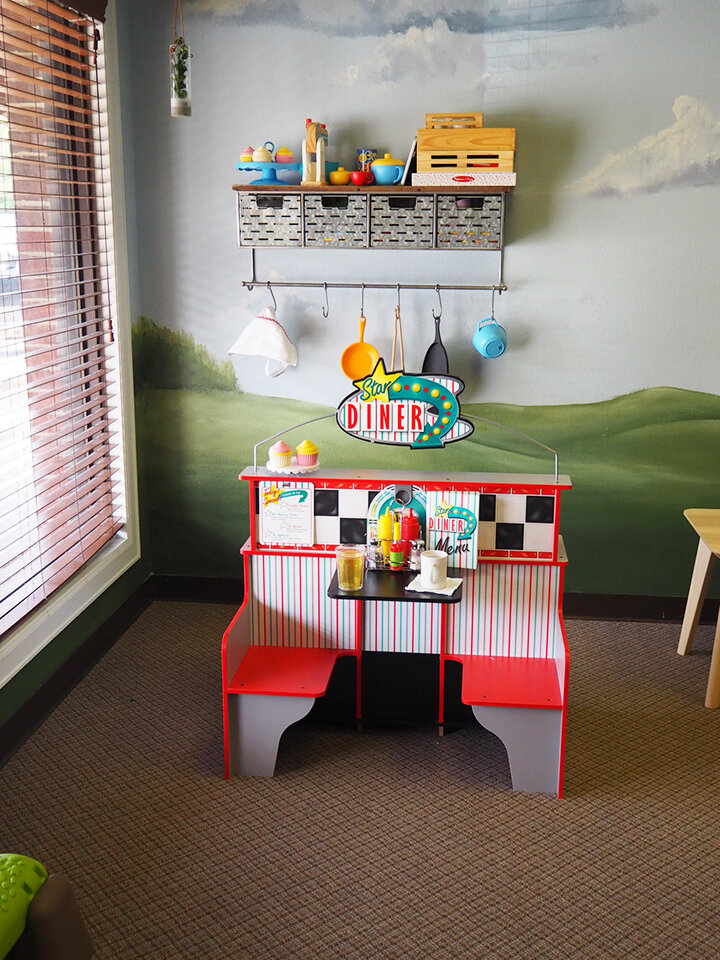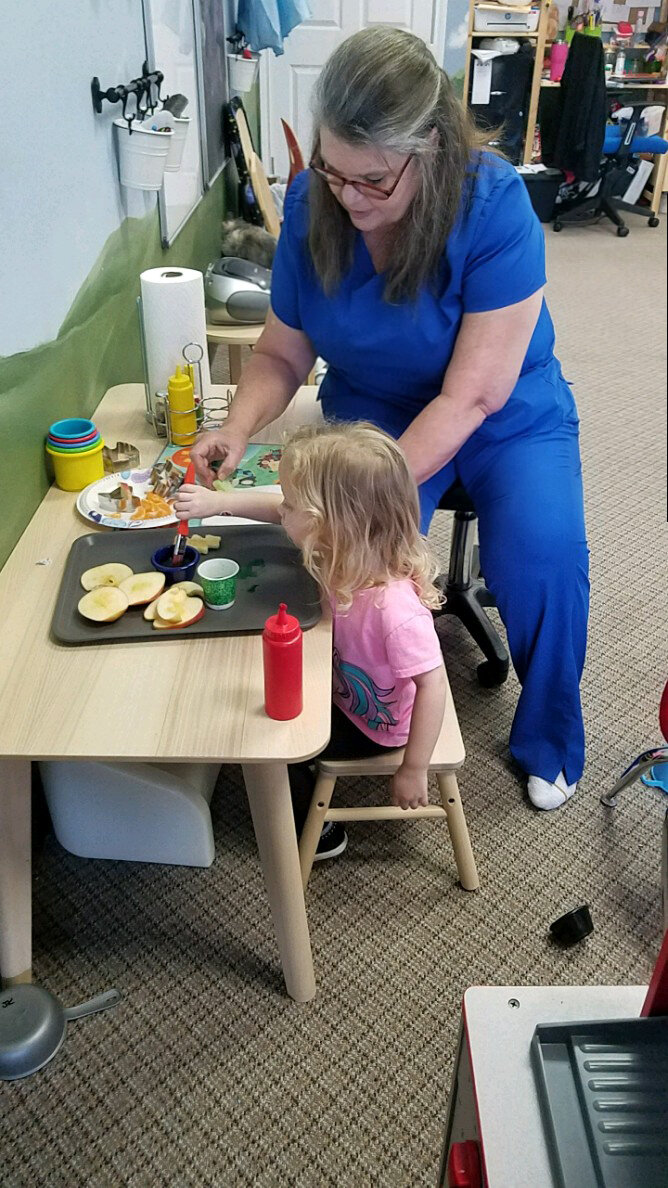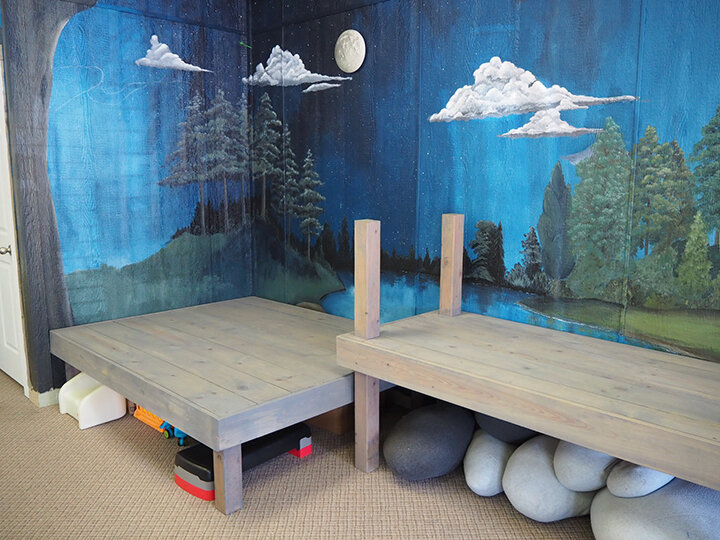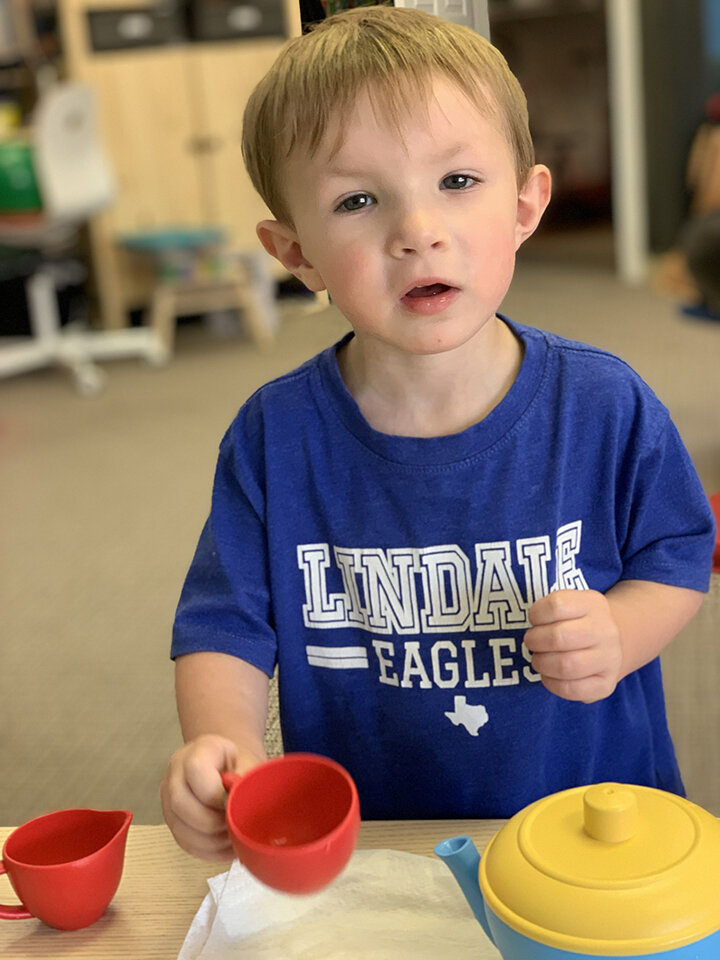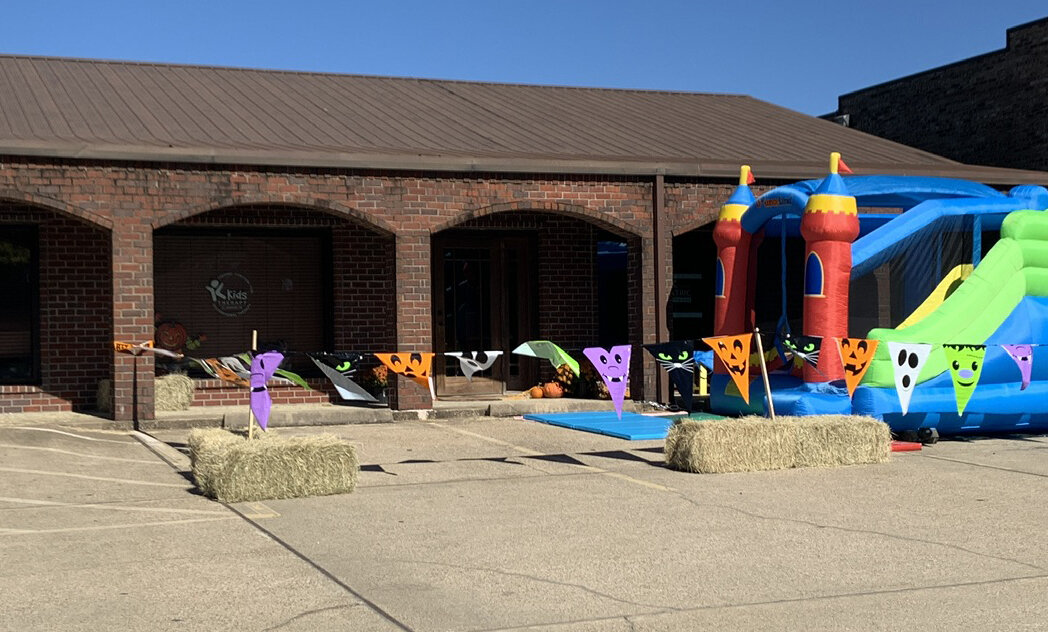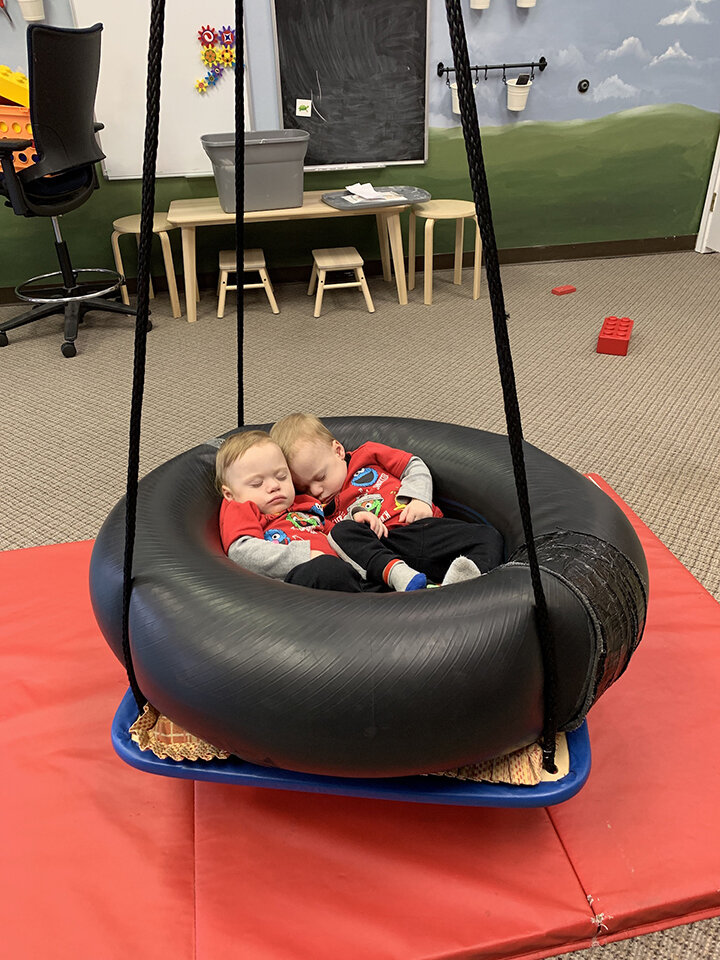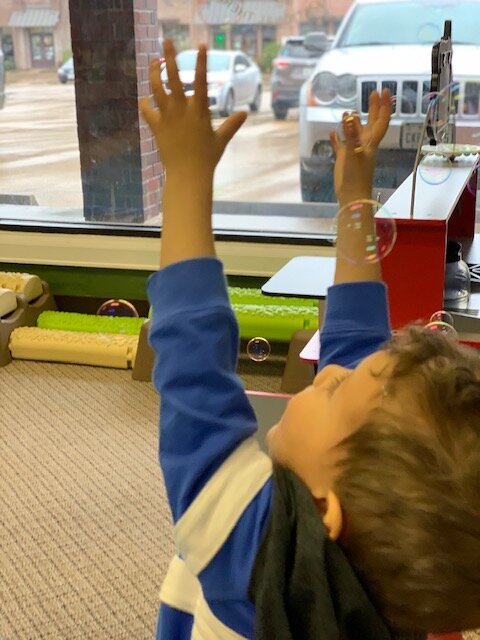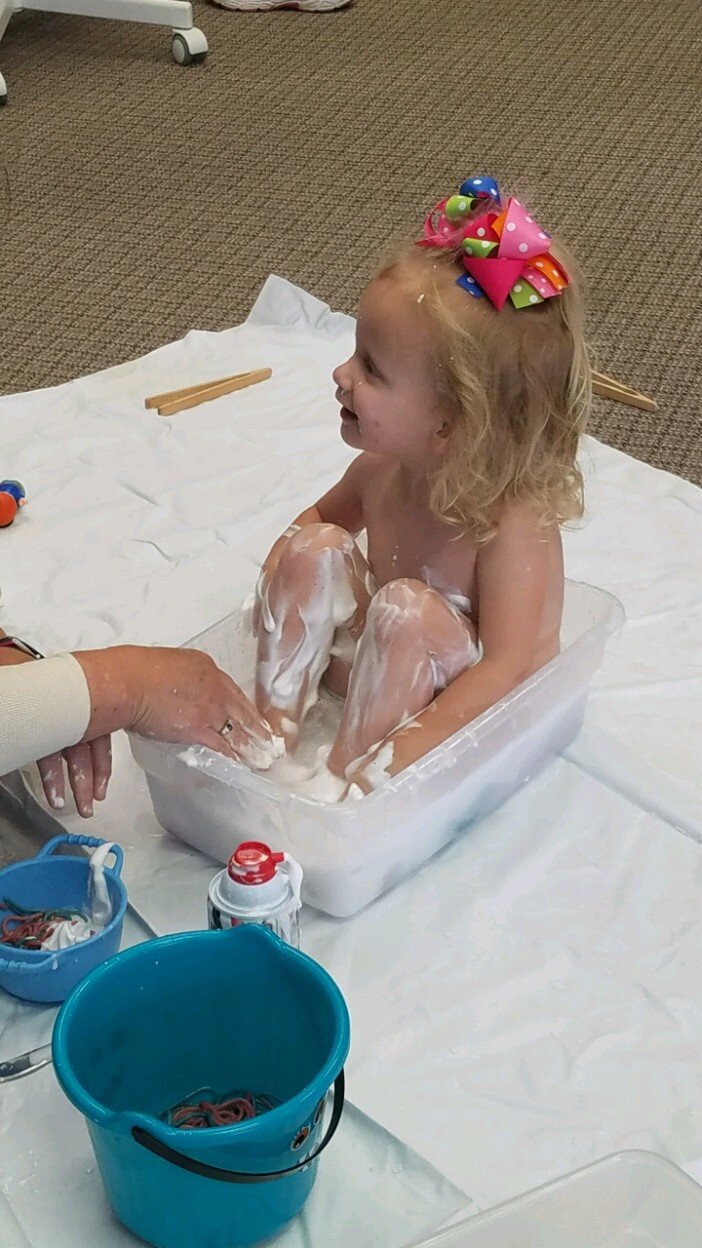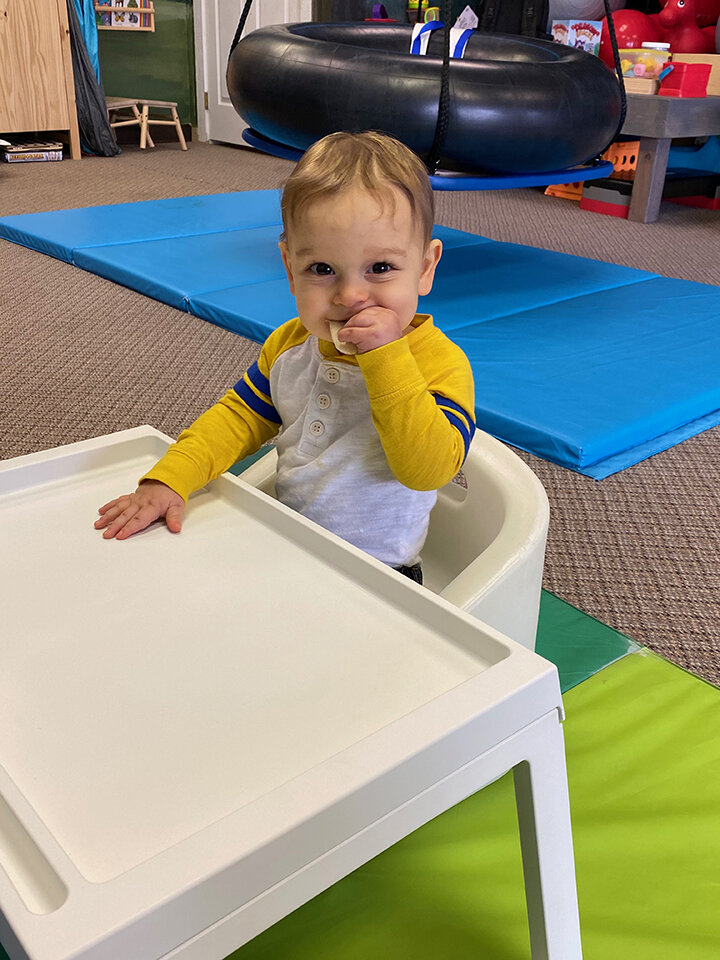Feeding. Function. Fun.
What Is Pediatric Occupational Therapy?
Pediatric occupational therapy helps children gain independence and promotes development of fine motor skills, sensory motor skills and visual motor skills that children need to function and socialize in their home, school, play and community environments. Occupational therapy focuses on developing children so they can achieve their highest level of function.
Occupational therapy may be used to treat the following conditions: Autism-related disorders, Sensory-motor disorders, Upper extremity (shoulder, arm and hand) injuries including brachial plexus injuries, fractures, etc.), ADD/ADHD, Developmental disabilities, Down syndrome, Other Genetic diagnoses, Cerebral palsy and other neurological diagnoses, Traumatic brain injury, and Delays in fine motor and visual motor skills directly affecting academic performance.
First an occupational therapist ( OT) will provide a comprehensive evaluation focused on your child’s current skills related to:
Grasping patterns
Visual motor integration
Hand and upper body use
Manual dexterity skills
Muscle strength through core and upper body
Motor coordination and planning
Visual skills
Reflex testing
Developmental testing
Handwriting skills
Dressing skills
Self-care skills related to grooming and hygiene
Feeding skills (both ability to self-feed and sensory based feeding difficulties)
Sensory processing abilities
Ability to engage in social participation
Ability to function independently within the community
Ability to play and engage with age appropriate activities
After the evaluation process, an individualized treatment plan is developed. Treatment techniques that are offered to help implement treatment plan include:
Fine Motor Skill Development
Self-Care Skills
Visual Motor Skills
Neurodevelopment and Neurodevelopmental Handling Techniques
Core and Upper Body Strengthening
Kinesiotaping
Reflex Development and Integration
Handwriting techniques
Astronaut Training
Ball-A-Vis X
Therapressure Protocol
Therapeutic Listening
TOTs – Tethered Oral Tissues
Can OT Help With Specific Challenges?
Yes, an occupational therapist can help your child:
Participate in self-care activities, including bathing, dressing, and feeding.
Help with sensory feeding issues, including being a “picky eater,” oral defensiveness, flavor or texture aversion, and lack of focus.
Improve fine motor skills, such as stacking blocks, pointing and poking, using utensils, and hand writing skills
Improve strength and being able to stabilize body to complete motor activities
Play with age-appropriate toys.
Increase engagement with family and friends
Minimize repetitive behaviors or habits
Help increase ability to control emotions
Assist with sensory processing/sensory stimulation challenges and promote sensory integration. Examples of behaviors that may indicate a sensory issue are:
A child who does not eat many foods.
A child who is picky about clothing choices.
A child who cannot wear clothes with labels.
who likes to spin, swing, jump, and crash into objects.
A child who cannot tolerate loud noises.

